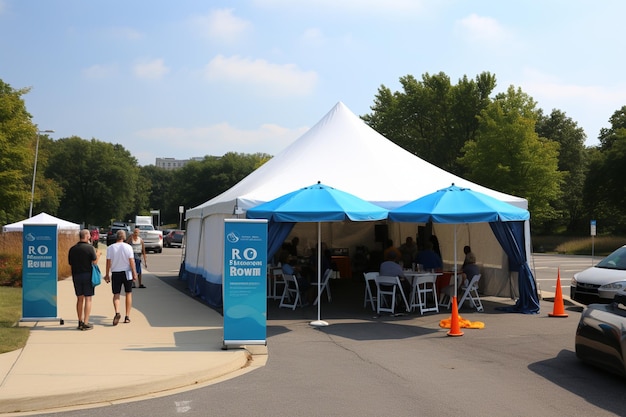Engineering Physics Lab Experiments
To design LCR resonant circuit and plot the resonance circuit of L, C and R components when connected in series and parallel.
Jun 14 2023
Aim
To design LCR resonant circuit and plot the resonance circuit of L, C and R components when connected in series and parallel.
Apparatus Required:
Capacitor,resistor,voltmeter,ammeter,frequency,generator,inductor,connecting wires
Principle
If the value of the frequency of applied signal is so adjusted that the impedance of the circuit becomes minimum. The current flowing through the circuit will be maximum. This particular frequency at which the impedance of the circuit becomes minimum and therefore the current becomes maximum is called the resonant frequency.
Series Resonance: -
Procedure:
- Connect the circuit as shown in figure. Connect resistance R, capacitor C and inductor L in the circuit.
- Connect function generator across input of the circuit as shown in figure.
- Switch ON the function generator using ON/OFF switch provided on the front panel.
- Set the output of function generator to sine wave signal of approximately 3VAC RMS and set the frequency at 100Hz.
- Increase the frequency in small steps towards 10 KHz and every time note down the observations in the table no.1. At a particular frequency, current starts decreasing. The frequency at which current starts decreasing is the Resonance Frequency.
- Repeat the procedure for different values of R and C
- Plot a graph between frequency Vs current by taking frequency along X- axis and current along Y-axis as shown in plot.1.
Model graph:
Table.1
| S.No |
Frequency |
Current |
Voltage |
| 1 |
|
|
|
| 2 |
|
|
|
| 3 |
|
|
|
| 4 |
|
|
|
| 5 |
|
|
|
Parallel Resonance
Procedure: -
- Connect the circuit as shown in above fig. by using Resistance R, Capacitor C and Inductor L.
- Connect function generator across input of the circuit as shown in above fig.
- Switch ON the function generator using ON/OFF switch provided on the front panel.
- Set the output of function generator to sine wave signal of approximately 3VAC RMS and set the frequency at 100Hz.
- Increase the frequency in small steps towards 10 KHz and every time note down the observations in the table no.2. At a particular frequency, current starts increasing. The frequency at which current starts increasing is the Resonance Frequency.
- Repeat the procedure for different values of R and C.
- Plot a graph between frequency vs. current by taking frequency along X- axis and current along Y-axis as shown in plot.2.
Formulae:
Quality FactorQ = wL/ C
In series resonant frequency Fr = 1/π√LC
In parallel Resonant frequency Fr = 1/π√1/LC - (R/L) 2
Band width = (f2 - f1 )Hz
Table.2
| S.No |
Frequency |
Current |
Voltage |
| 1 |
|
|
|
| 2 |
|
|
|
| 3 |
|
|
|
| 4 |
|
|
|
| 5 |
|
|
|
Observations: -
Capacitance (C) = …….
Resistance (R) =……..
Inductance (I) = …….
| Frequency |
Current |
Frequency |
Current |
| 1 |
|
|
|
| 2 |
|
|
|
| 3 |
|
|
|
| 4 |
|
|
|
| 5 |
|
|
|
| 6 |
|
|
|
| 7 |
|
|
|
| 8 |
|
|
|
Parallel resonant circuit
Capacitance (C) = …….
Resistance (R) =……..
Inductance (I) = ……
| Frequency |
Current |
Frequency |
Current |
| 1 |
|
|
|
| 2 |
|
|
|
| 3 |
|
|
|
| 4 |
|
|
|
| 5 |
|
|
|
| 6 |
|
|
|
| 7 |
|
|
|
| 8 |
|
|
|
Calculations:
- 1. Calculation from the graph(series resonant circuit)
- a. Resonant frequency fr =
- b. Band width Bf = |f1 - f2|
- c. Quality factor Q = fr/|f1-f2|
- d. Resonant frequency Fr =1/2πsqrt(LC)
- 2. Calculation from the graph (parallel resonant circuit)
- a. Resonant frequency fr =
- b. Band width Bf = |f1 - f2|
- c. Quality factor Q = fr/|f1-f2|
- d. Resonant frequency Fr =1/2πsqrt(1/LC - (R/L)) 2
Precautions:-
- The circuit connection should be done properly.
- Increasing of frequency and identification of resonant frequency should be done properly
Result:
LCR Resonance circuit is designed in both series and parallel modes and hence graphs From the tabulated readings are plotted.
| Parameters |
LCR Series |
LCR Parallel |
| Resonant frequency |
Th:/Pr: |
Th:/Pr: |
| Band width |
|
|
| Quality factor |
|
|









